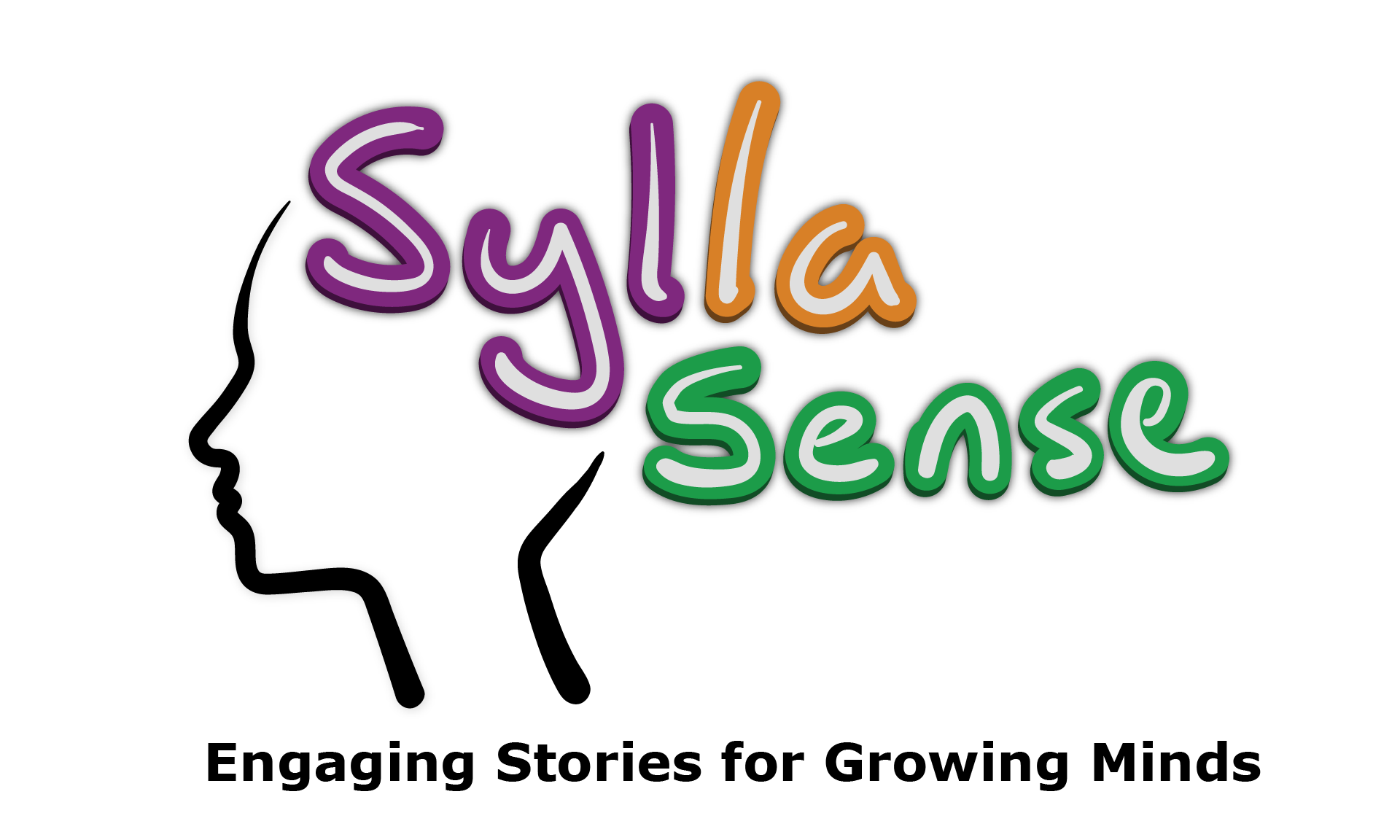Cupcakes - Tip Sheet

- IT IS ESSENTIAL TO PRE-TEACH THE CONCEPTS INTRODUCED IN EACH BOOK PRIOR TO READING! -
|
Cupcakes - Teacher Tip Sheet Purple Series - Book 4 - Cupcakes |
||||||||||||||||
|
Grapheme/Phoneme Correspondence |
Tips and Activities to Try |
|||||||||||||||
|
Introduced in This Book
Previously Introduced Vowels
Consonants
Digraphs/Trigraphs
Additional Concepts
|
Key Concepts to Understand
Words for Reading and Writing Here is a list of words that can be used for phonemic awareness activities, reading, dictation, games cards, etc.:
Refer to Page 4 in Morphology Background Information Sheets
|
|||||||||||||||
|
Morphology |
Tips and Activities to Try |
|||||||||||||||
|
Introduced in This Book
Previously Introduced
|
Key Concepts to Understand
Note: remind students that suffixes come “after bases” and not “at the end of words” as there can be more than one suffix (e.g., play + er + s) Note: sometimes <er> is just a grapheme and not a suffix (e.g., water)
Here are phrases that can be used for reading and/or dictation practice. These phrases can be combined to create sentences. A good opportunity arises to address syntax if the resulting sentence is not grammatically correct.
You can differentiate for your students by dropping some of the words in these phases (e.g., “Wren the catcher” can just be “Wren”). |
|||||||||||||||
|
Comprehension Corner - Cupcakes |
||||||||||||||||
|
Vocabulary Development
Making Connections
Inferencing
Retelling/Summarizing
|
||||||||||||||||
Tip Sheet written by Shari Kudsia and Helen Maclean - April 2023 - ©SyllaSense Inc.
